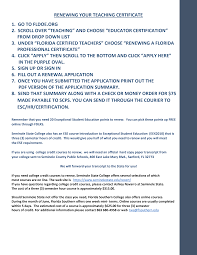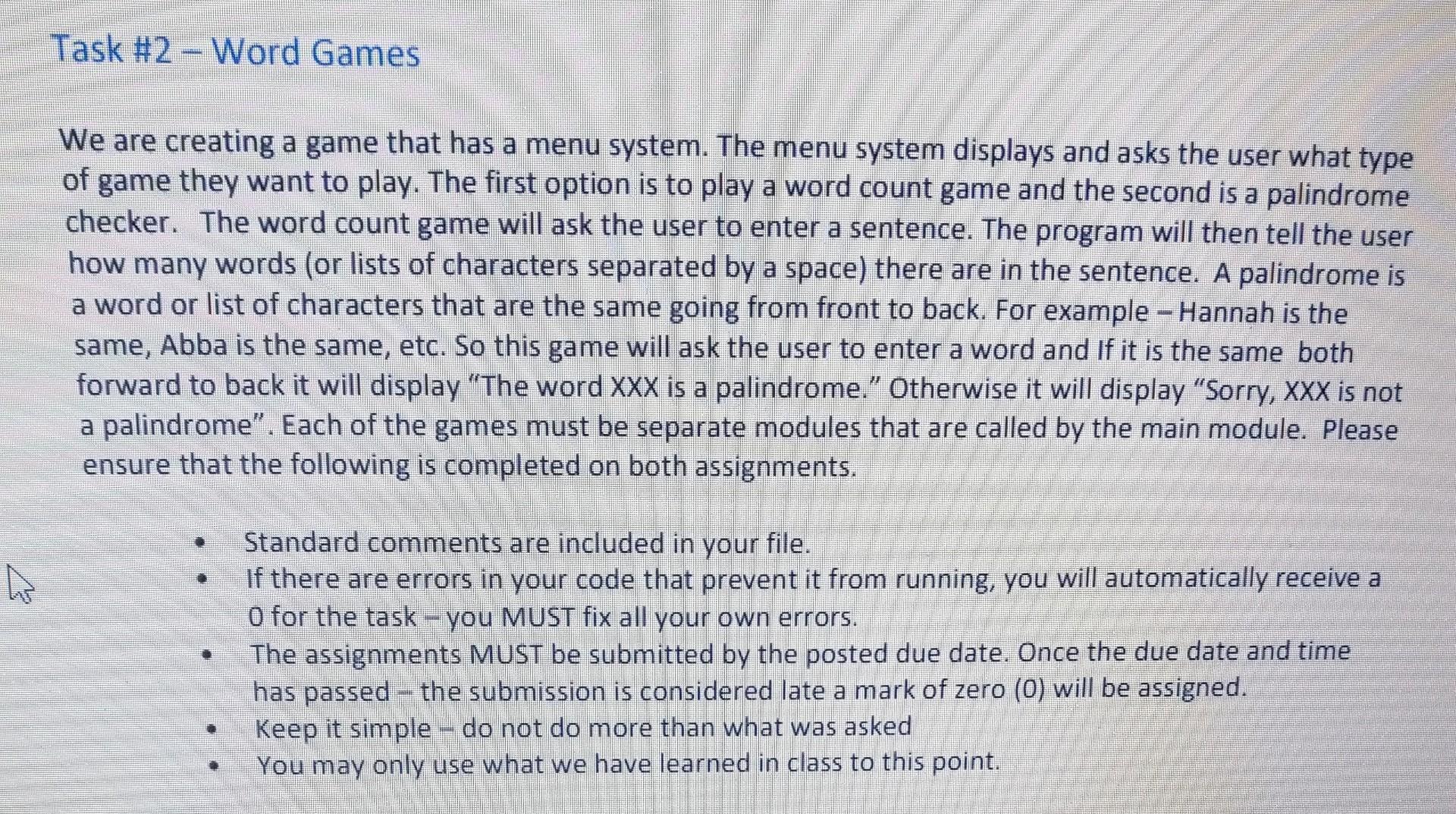
Secondary school students' grades are affected by their effort levels. Students who put in less effort receive lower grades. This is because they don't make the effort necessary to pass the exams. There are two methods to calculate your grade: you can use exam scores or predict grades. High school grades are based on your test scores.
High school is an amalgamation of middle school, high school, and high school
High school combines two education systems, middle school as well as high school. Middle school is an intermediate level between primary and secondary education. Usually, it's grades 6-9. Some states have a hybrid model of high schools, but there is no middle school. Students in high school usually come from grades 7-12.
High school students must take courses that will allow them to achieve their academic goals. They typically take Algebra I and Pre-algebra as well as Geometry and Algebra II with trigonometry. Some schools also offer AP/IB math courses. A typical high school student will be required to take English/Language, Physical Education, and Social Studies. In their senior year, they might choose additional studies such as Psychology.

Open courses are offered to help students prepare for further study.
Open courses are intended to prepare students for further study in secondary school or beyond. These courses are not meant to replace the compulsory curriculum in secondary school. These courses help students expand their knowledge and skills. They are designed to improve academic resilience and teach critical thinking skills.
Based on test scores, predicted grades are calculated
Based on test scores and average grade points, the prediction of final grades can be made. To calculate the predicted grades for GCSEs/A levels, we use high school grades. These predictions may not be accurate for high-achieving students, and can lead to a variable GCSE–to-A-level progression. A recent study by Snell and colleagues showed that predicted grades are under-predicted for girls, while those of boys are over-predicted.
Test scores are used to predict secondary school students' grades. The assessments are anonymous. This means that the assessors cannot identify the names of students. However, teachers may still be biased by this system.
Predicted grades determine the eligibility of scholarship applicants
For determining if a student qualifies for a university scholarship, it is necessary to use predicted grades from secondary school. Schools calculate predicted grades based on student performance in Level 2 and Level3 examinations, and internal assessments. These grades should not be too low to discourage students from achieving their goals. Teachers should not exaggerate grades to avoid disappointment when actual results are revealed.

Scholarships are determined based on secondary school grades and other academic criteria. In order to be considered, students must have high grades, a 4.0 GPA, and have at least one A-grade point. Additionally, they must have good SAT or ACT scores. These requirements can be very specific. The decisions are made according to the academic information available at the moment.
FAQ
What is the best way to start teaching early childhood?
First, you must decide if early childhood education is what you want to pursue. A bachelor's degree is required if you are interested in a career as an early childhood educator. Some states require students to earn a master's degree.
You'll likely have to take classes during the summer. These courses include topics like pedagogy (the art and science of teaching) or curriculum development.
Many colleges offer associate degrees that lead directly to a teaching certificate.
Some schools offer certificates or bachelor's degree in early childhood education. But others only offer diplomas.
You may not require additional training if you are planning to teach at your own home.
What's the difference between private and public schools?
All students have the right to free education in public schools. They provide education for students from kindergarten through highschool. Private schools charge tuition fees per student. They provide education from preschool to college.
Charter schools can also be found, which are privately owned but are not publicly funded. Charter schools don’t follow traditional curriculum. Charter schools allow their students to explore what interests them.
Charter schools are popular with parents who believe their children should receive quality education regardless of their financial status.
What is early childhood education?
Early Childhood Education focuses on helping children grow into happy and healthy adults. It involves everything from teaching children to read to preparing for kindergarten.
Early childhood education is designed to help children grow and learn by providing them with appropriate experiences.
Early childhood educators are frequently called upon by parents to assess the developmental needs and abilities of any child they encounter. This helps to decide if a particular program would benefit each child.
Parents have the chance to interact with teachers, other professionals and parents who have worked with young children.
Early childhood education also requires parents to play a significant role. They should be able and willing to help their children in any way they can.
Parents can also join activities to teach their children skills that will be useful throughout their lives.
Sometimes, early childhood education is also called preschool education. However this term is interchangeable with daycare centers. Early childhood education is very similar to prekindergarten education, which usually begins around three years old.
What amount of money can a teacher earn in early education? (earning potential)
The average salary for a teacher in early childhood is $45,000 per year.
However, there are areas where salaries tend to be higher than average. Teachers who teach in large urban areas typically earn more than teachers working in rural schools.
Salaries are also affected by factors like the size of the district and whether or not a teacher holds a master's degree or doctorate.
Teachers often start out making less than other college graduates because they don't have a lot of experience. However, their salaries can rise dramatically over time.
Do you need to go to college to become an early childhood educator?
Yes, but you may consider attending college to help prepare for a career.
It's important to note that becoming a teacher isn't easy. Each year, many applicants are rejected from programs. In addition, many people quit after just one semester of college.
A teacher must meet all requirements.
What is a trade school?
Trade schools are an alternative way for people without success at traditional higher education institutions to earn a degree. They provide career-oriented programs to help students prepare for specific occupations. The programs offer two-year courses in one semester. Students then go on to a paid apprenticeship program, where they are trained in a specific job skill set and given practical training. Trade schools are vocational schools and technical colleges, as well community colleges, junior colleges, universities, and other institutions. Some trade schools also offer associate degrees.
Statistics
- And, within ten years of graduation, 44.1 percent of 1993 humanities graduates had written to public officials, compared to 30.1 percent of STEM majors. (bostonreview.net)
- They are also 25% more likely to graduate from high school and have higher math and reading scores, with fewer behavioral problems,” according to research at the University of Tennessee. (habitatbroward.org)
- They are more likely to graduate high school (25%) and finish college (116%). (habitatbroward.org)
- In most developed countries, a high proportion of the population (up to 50%) now enters higher education at some time in their lives. (en.wikipedia.org)
- Data from the Department of Education reveal that, among 2008 college graduates, 92.8 percent of humanities majors have voted at least once since finishing school. (bostonreview.net)
External Links
How To
Where can you find a teacher job?
Teaching jobs are available in public elementary schools, private elementary schools, public middle schools, private middle schools, public secondary schools, private secondary schools, charter schools, private and parochial (Catholic) schools, public and private (non-religious) daycare centers, and other settings.
A bachelor's degree at one of the following institutions is necessary to become a teacher.
-
A four-year university or college
-
An associate's degree program
-
Two-year community college programs
-
These three types of programs can be combined
To be eligible for teacher certification, applicants must satisfy state requirements. These include passing standardized test and having a probationary period.
Most states require candidates to pass a test called the Praxis II. This test assesses the candidate's reading, writing, mathematics, as well as language arts knowledge.
A lot of states also require applicants to have a specialized licence before they can be certified to teach.
These licenses may be obtained by the boards for education of the states.
Some states grant licenses without the need for additional testing. In such cases, applicants should contact their state's board for education to find out if it is possible.
Some states do not issue licenses unless the applicant has completed a master's degree program.
In some states, individuals can apply directly to the state education board for licensure.
There are many licenses available. They vary in cost, length, and requirements.
Some states only require a high school diploma while others require a bachelor’s degree.
Some states have specific requirements for training, such a literacy or child-development course.
Some states require that candidates receive a master's degree before becoming licensed.
Many states will ask applicants for their prior employment information when they apply to become certified teachers.
If you were a member of another profession, it might be a good idea to mention this on your application.
However, almost all states will accept work experience from any type of previous job.
It is possible to list your prior job title, position, as well as years of service.
These information are often useful to potential employers.
It shows them that you have relevant skills and experiences.
While working, you may have learned new skills and acquired valuable work experience.
You can showcase this to future employers by putting your resume in their hands.